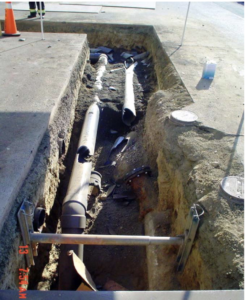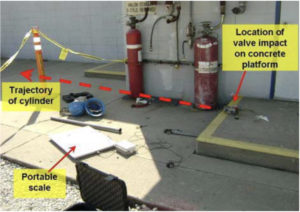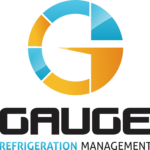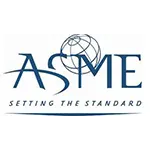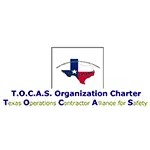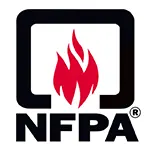Let us help you make sense of PSM / RMP!
My friend Brian Chapin will be offering an open-enrollment PSM/RMP class in Burleson, Texas, July 8th to 11th, 2025. Brian is an absolute pro in NH3 Refrigeration Process Safety. Anyone who attends will also get a FREE membership to SAFTENG. You can get more information on the class with this link.
CLICK HERE to Renew your Membership
CLICK HERE for a NEW Membership
CLICK HERE to see eligibility requirements for FREE Membership
If you have any questions, please contact m
SAFTENG has:
- Over 18,000 categorized unsafe acts/conditions and accident/injury photos
- Over 1,500 ppt's & doc's in the SAFTENG Library
- Over 4,000 Technical Articles on Process Safety, Emergency Response & OSH topics
- Over 450 videos (those not allowed on YouTube Channel)
Many THANKS to my NEW Members and those who CONTINUE to support SAFTENG:














June 7, 2024
On September 13, 2007, a subcontractor was implementing a hot tap into a carbon steel pipe. The explosion was caused by the heat from the acetylene torch kindling the residual vapor inside, attaching to the polyvinylchloride (PVC) piping. Shrapnel pieces were blown up to 100 feet outwards due to the force of the explosion. The two workers who were closest to the explosion were guarded by an alcove...
Read More
June 7, 2024
On January 15, 2008, a pressure vessel at a New Jersey foundry exploded, killing one 60-year-old worker instantly while injuring eight other workers with shrapnel. The pressure vessel in question was used to pressurize/depressurize molten aluminum to prevent/eliminate porosity from the metal. The incident occurred while two (2) workers, including the one who was killed, were testing a new O-ring gasket...
Read More
June 7, 2024
In June 2008, a cylinder was dropped, and its top valve hit a concrete platform. The impact of the cylinder valve on the concrete caused the threads on the screw connection, which held the valve on the cylinder, to fail, resulting in complete separation of the valve from the cylinder. The cylinder’s internal pressure was 600 psig. The combination of pressure and size of the cylinder hole caused it...
Read More
June 7, 2024
At 11:30 p.m. on March 19, 2009, Solus Industrial Innovations LLC employees from the third shift had just come to work. Their employer is a manufacturer of plastic conveyor parts. One employee (Employee #1) pointed out to the on-shift supervisor that there was a pool of water near an 80-gallon water heater that was being used to supply heating water to the production process. Minutes after this exchange,...
Read More
June 7, 2024
In May 2009, a compressed air tank failed, blowing the bottom off of the tank and sending fragments flying into a concrete wall, puncturing the wall. The investigation following the incidentrevealed several serious problems with the condition of the tank, including severe corrosion and rust at the bottom of the tank, where it failed, and an improper weld repair which had been made to the tank at some...
Read More
June 7, 2024
On March 3, 2010, a Peoples Gas worker died, and another was seriously injured after they were struck by a pipe while pressure-testing an underground gas main.
…
HomeRead More »
Read More
June 6, 2024
Summary On the days leading to January 6, 2014, unusual weather conditions with high-temperature variations caused a large pressure rise inside the three storage vessels at the Brookhaven National Laboratory (BNL) compressed natural gas (CNG) fueling facility. The pressure increase reached the point where the relief valve on each vessel opened automatically and released gas to the atmosphere. However,...
Read More
June 6, 2024
Worker Fatality During Attempted Removal of Blind Flange on Cell 14 Magnet Cooling Water System Summary On October 21, 2015, two National High Magnetic Field Laboratory (NHMFL) mechanical technicians were involved in an incident while attempting to remove a Victaulic blind flange from supply piping on a Magnet Cooling Water (MCW) System. The mechanical technicians assisted a welder in obtaining final...
Read More
June 5, 2024
As a part of the hazard assessment requirements in 40 CFR Part 68, Subpart B, I must analyze worst-case release scenarios and document certain analyses in my risk management plan (RMP).
How many worst-case release scenarios must be analyzed, and how many analyses must be specifically documented in the RMP?
…
HomeRead More »
Read More
June 5, 2024
How do the Clean Air Act (CAA) risk management program requirements differ from the hazardous chemical reporting requirements under the Emergency Planning and Community Right-to-Know Act (EPCRA)?
…
HomeRead More »
Read More
June 2, 2024
Recently, I had the pleasure of touring the flagship facility of one of my original supporters of SAFTENG. The safety pro is a world-class leader and a fine safety engineer. When he arrived at this facility, he and the PM decided to rid the workplace of all the “safety banners.” Most had become eye-sores, some so badly damaged they were not even legible (but still hanging by a thread). My role during...
Read More
May 29, 2024
Which establishments are covered by the update to the HCS? The scope and framework of the HCS have not changed with this rulemaking. Chemical manufacturers and importers are still responsible for providing information about the hazards of chemicals they produce or import. All employers with hazardous chemicals in their workplaces continue to be required to have a hazard communication program and to...
Read More

